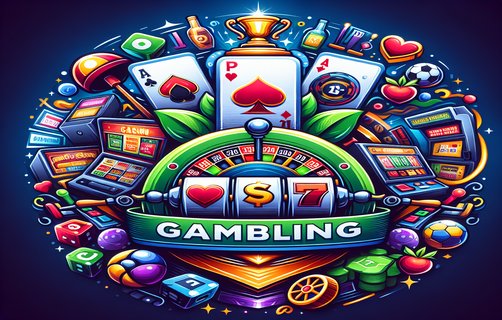The Economic Dynamics of Modern Casino Gaming: Analyzing Rummy Cool 51 Bonus, Poker Tournaments, Touchscreen Optimization, and More

The world of casino gaming has evolved dramatically over the past several decades, driven by technological advancements and shifts in consumer preferences. Central to this evolution are key elements such as Rummy Cool 51 bonus systems, poker tournaments, touchscreen optimization, and the rise of mobile casinos. In this analysis, we will explore these components from an economic perspective, elucidating how each affects the broader gaming landscape.
Rummy Cool 51 Bonus System: The Rummy Cool 51 bonus serves as an enticing incentive that draws players to online and offline platforms. In economic terms, this bonus acts as a price reduction on the perceived cost of engaging in the game. By providing additional rewards, operators can effectively increase the marginal utility obtained by players in a competitive market. When players perceive higher value from bonuses, their willingness to participate increases, thereby enhancing player retention and acquisition. This dynamic reflects classic principles of consumer behavior, where perceived value greatly influences demand.
Poker Tournaments: Among the various offerings in the casino realm, poker tournaments represent a significant revenue generator. Tournaments often attract skilled players willing to pay entry fees that contribute to large prize pools. The structure of poker tournaments creates a competitive yet social environment where the pursuit of skill-based advantages meets the excitement of financial rewards. Economically, this format mirrors aspects of game theory, particularly the concept of Nash equilibrium, where players strategize not just against the house, but against each other. The implications of tournament structures on market equilibrium are profound: larger and more frequent tournaments draw increasingly participant pools, thus driving up both participant fees and overall industry revenue.
Touchscreen Optimization: One cannot discuss the mechanics of modern casinos without considering the role of touchscreen technology. Optimizing user interfaces for touchscreen devices is crucial in providing a seamless gaming experience. From an economic standpoint, the optimization translates into reduced transaction costs for players, enabling faster and more efficient interactions with games. This efficiency fosters increased player engagement, potentially leading to higher volumes of play. The intersection of technology and user experience showcases the importance of innovation in maintaining competitiveness in a saturated market.
Mind Games: The psychological aspects of gaming, often termed “mind games,” are instrumental in influencing player behavior. Pioneering work in behavioral economics indicates that decision-making in uncertain environments often deviates from traditional rational choices. Casinos employ various tactics to create compelling narratives and emotional engagements that foster prolonged play. By understanding cognitive biases and the psychological triggers of players, casino operators can tailor their environments to enhance user experience, maximizing both enjoyment and dwell time, which in turn elevates revenue.

Razz as a Strategic Venue: Razz, a variation of poker where the goal is to obtain the lowest possible hand, has a niche but dedicated following. Economically, this can be viewed through the lens of diversifying game portfolios to cater to varying player interests. Such diversification allows casinos to segment the market and attract players looking for unique formats. Razz's strategic nuances present opportunities for casinos to leverage expertise in marketing and customer engagement, positioning themselves distinctively amidst traditional offerings.
The Growth of Mobile Casinos: The surge in mobile casino usage underscores a broader trend of digital transformation within the gaming industry. Economic models suggest that the growth of mobile casinos represents a shift in consumer preference toward convenience and accessibility. As the barrier to entry lowers with improved mobile platforms, a wider audience becomes accessible, thus amplifying market demand. The burgeoning mobile sectors can be correlated with increased engagement metrics and retention rates, presenting a compelling case for investment and development in mobile gaming technologies.
Help Centers and Customer Support: In an era of heightened consumer expectations, the establishment of robust help centers is paramount. The structure of customer support functionality impacts the overall player experience, influencing retention rates and driving repeat business. Economically, excellent service reduces the perceived costs associated with engaging in the gaming process, effectively lowering the threshold for player participation. A well-managed help center can act not only as a support mechanism but as a strategic tool in enhancing customer loyalty and satisfaction.
In conclusion, the interplay of Rummy Cool 51 bonuses, poker tournaments, touchscreen optimization, psychological strategies, diverse gaming options like Razz, and the explosive growth of mobile casinos reveals a complex and dynamic economic environment. Each of these elements contributes uniquely to the overall landscape, demonstrating the need for operators to adapt continually to changing consumer demands while harnessing technological advancements. Ultimately, the success of modern casinos hinges on their ability to balance these diverse components effectively.
